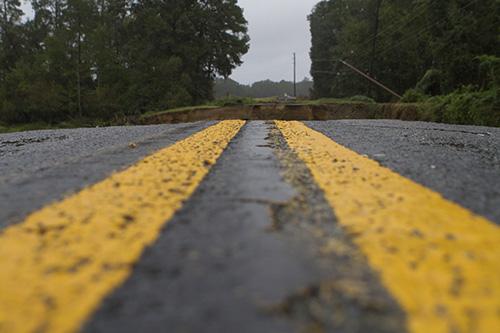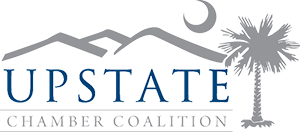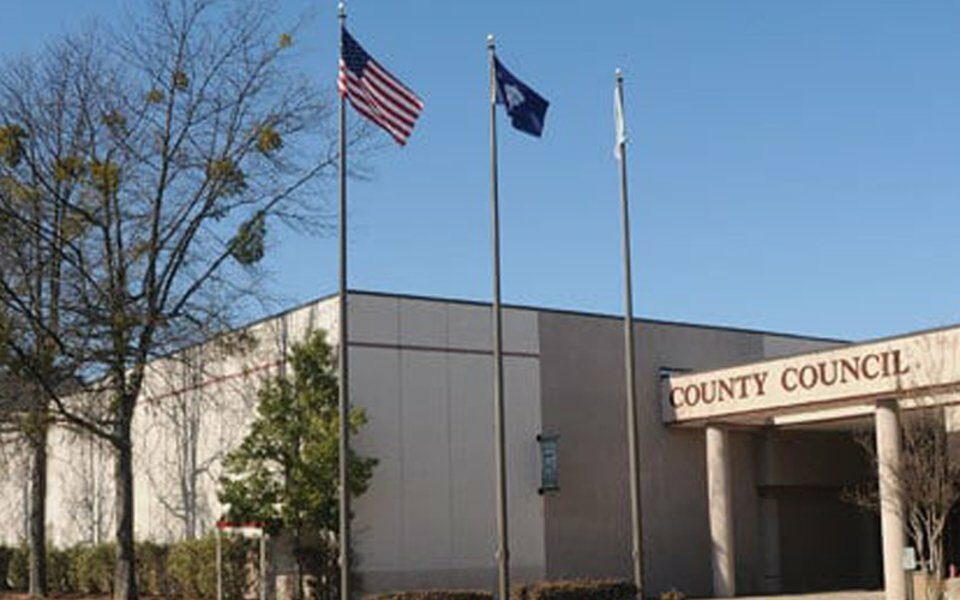COVID Legislation Update 2.18.21
February 18, 2021
Get Involved in 2021
February 24, 2021Gas Tax Increase: Where Are We?

KEY TAKEAWAY: More than a thousand miles of road projects have been completed in the Upstate since gas tax increase was approved in 2016.
In 2016, the General Assembly approved a 12-cent increase in gas tax after intense pressure from the business community to do something about our crumbing infrastructure. We’re entering year five of the six-year phase-in and the project has greatly improved the condition of the roads and dependability of bridges throughout our state.
The state has allocated a grand total of $1.6 billion and added so far has added 16 bridges throughout our state since enacting the gas tax.
The Upstate has over a thousand miles of construction on the roads since the gas tax and is planning to add more in the coming two years. In the Upstate, the road mileage of construction that has been completed through December 31, are:
- Anderson: 180.7 miles
- Cherokee: 74.2
- Greenville: 176.6
- Greenwood: 136.9
- Laurens: 156.2
- Oconee: 145.5
- Pickens: 87.9
- Spartanburg: 189.1
The national average of state and local fuel fees is 34.24 cents for gasoline and 35.89 cents for diesel. Even with the gas tax increases, South Carolinians are paying less for fuel than in other states. The increase from July 2020 (24.75 cents) to July 2021 of (26.75 cents) is significantly less than that of North Carolina, Georgia and Tennessee. Before 2016, South Carolina had not adjusted the gas tax since 1987. State gas taxes and fees are among the primary source of state revenue for maintaining and improving our roads and bridges in our state. Around one-third of our gas tax is paid for by people from out-of-state – making us, in a way “free riders” of the imposed tax.
In October, the Joint Bond Review Committee met to discuss the concerns of rural areas versus metropolitan funding through the STIB (State Transportation Infrastructure Bank). STIB Chairman John White outlined that under current statute, all projects must total up to $25 million, which will assist all counties, both rural and urban. The SCDOT is working diligently to make funding more accessible for the STIB in those rural areas with the continued progress of the gas tax.
As part of the affiliated reform package, the SCDOT is continuing to see projects rolling out with no delay, even with the huge impact of the pandemic. Internal budget cuts were made but they have been weathering out COVID-19 very well in terms of the overall state-wide scope of work.
Critics routinely charge that the tax hike is exceeding the projected $600 million each year and also the existing need of the budget, costing South Carolinians more than they should be having to pay at the gas pump. However, the DOT is getting the job done and being very transparent about how the money is being utilized.
For a full list of how the gas tax has been spent, click here.
And the full project viewer from the SCDOT can been seen by clicking here.
Although we all find it pretty agitating to have to pay more for fuel, there will be a greater impact for the safety, well-being and the economic impact for all South Carolinians, not just in the Upstate.
So, next time you pull up to a gas station angry about paying extra, just ask yourself if it is more expensive to pay a few more cents for fuel or for a flat tire from a pothole.



